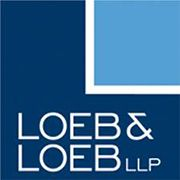Our Third Annual Law Firm Flexibility Benchmarking Survey will remain open until September 12, 2016 September 27, 2016 (DEADLINE EXTENDED). We strongly encourage all major U.S. law firms, including Alliance members and non-members, to take advantage of this unique opportunity to track the availability, usage, and support for flexible work options.
There is No Downside to Participating
Remember, our survey is unique in the sense that no firms are named (or shamed!) and we will not produce a ranked list. All responses are kept confidential and the final results report will only include aggregate data. We simply want law firms to examine their holistic flexible work usage including reduced hours schedules, telecommuting, flexible start/end times, annualized hours, and job sharing by attorney position, gender, race, and sexual orientation. Our goal is to help improve firms’ flex policies and help to change the culture of flex in the industry as a whole.
Process of Participating Yields Huge Benefits
Many firms find that by participating in our survey, they can take stock of their flexible work options, their employees’ usage, and how they can improve their policies. As we all know, flexible work options are very important to today’s law school graduates and are key to all firms’ recruitment and retention strategies. Read more


 Diversity & Flexibility Alliance: How have you made flexibility a priority and a success through your schedule?
Diversity & Flexibility Alliance: How have you made flexibility a priority and a success through your schedule?